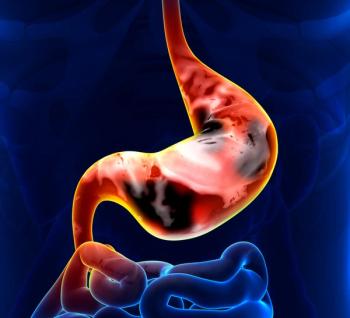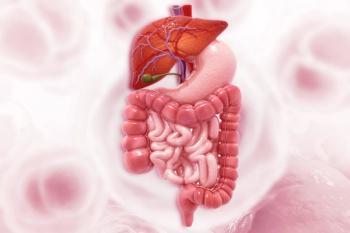
Oncology NEWS International
- Oncology NEWS International Vol 6 No 7
- Volume 6
- Issue 7
Colorectal Cancer Rate Rises in Black Men
WASHINGTON--The colorectal cancer rate continues to rise in African-American men while dropping for whites of both sexes and for black women, reported David S. Alberts, MD, associate dean for research, Arizona Cancer Center of the University of Arizona College of Medicine, Tucson.
WASHINGTON--The colorectal cancer rate continues to rise in African-Americanmen while dropping for whites of both sexes and for black women, reportedDavid S. Alberts, MD, associate dean for research, Arizona Cancer Centerof the University of Arizona College of Medicine, Tucson.
Furthermore, he said at the 6th Biennial Symposium on Minorities, theMedically Underserved, and Cancer, blacks are generally diagnosed at alater stage of the disease than are whites, leading to lower survival rates.
With every major genetic event in the progression to colon cancer nowunderstood, as well as the fact that 95% of colon cancers arise from adenomas,as many as 90% of colorectal cancers are preventable through screening,he said.
Proper sigmoidoscopy screening of all individuals in the cancer-proneyears above age 50 could prevent the huge majority of colon cancers andbring a major drop in incidence, he continued.
Diet appears to be a significant factor in the rising rate among blackmen, Dr. Alberts added. Consuming animal fat raises the risk, althoughit is not known whether the fat itself or the method of cooking is to blame.Broiling and barbecuing do appear to be implicated in colon cancer, henoted.
Cut the Gravy
Consuming alcohol and high-calorie diets also increases the risk, asdoes cigarette smoking. Diets high in fiber, on the other hand, lower risk.Eating 27 g of fiber a day has been shown to cause a 27% drop in cancer,and a diet rich in bran can reduce the size of large polyps.
A diet to reduce colon cancer should therefore be low in calories andinclude lots of whole grains, fruits, and vegetables, Dr. Albert said.Meat, poultry, and fish should be baked, stewed, or micro-waved. Microwavingmeat for 3 or 4 minutes and then pouring off the juice can reduce carcinogencontent by up to 80%. It is also important to avoid gravy, which containsall the "bad stuff."
Articles in this issue
over 28 years ago
Researchers Report Conflicting Data on Cervical Cancer in AIDSover 28 years ago
CIN Website Now Offers Daily Online Cancer Newspaperover 28 years ago
Members Sought for Director's Consumer Liaison Group: NCIover 28 years ago
Trial Attempts to Reverse Taxol Resistance in Ovarian Cancerover 28 years ago
Taxotere Bests Adriamycin in Metastatic Breast Cancerover 28 years ago
Antiemetic Tablets Prove Equal in Efficacy to IV Drug Regimenover 28 years ago
Preop Chemotherapy May Have Advantages in Primary Breast Cancerover 28 years ago
Doxorubicin Benefits Older Breast Cancer PatientsNewsletter
Stay up to date on recent advances in the multidisciplinary approach to cancer.
















































































